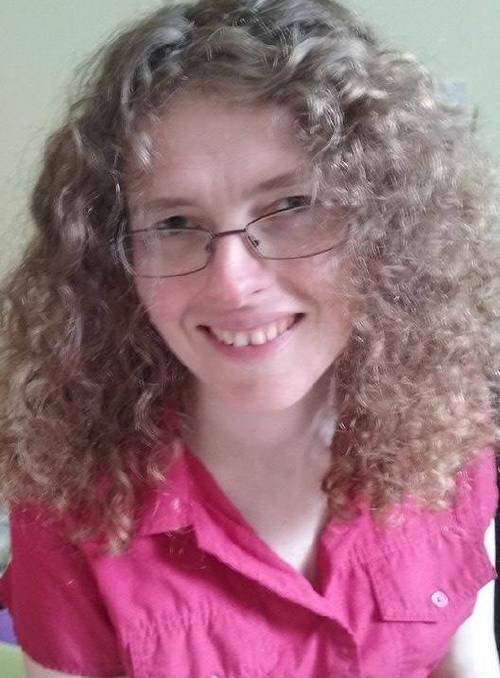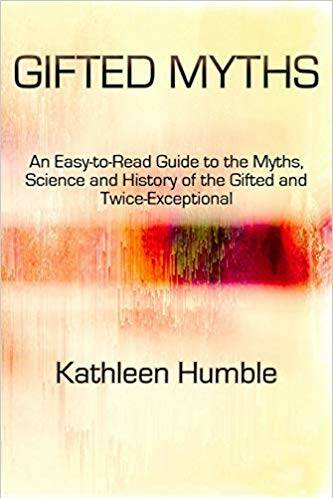
In 2016 we published the story of former St Mary's Campus student Kathleen Humble and her quest to write a book about understanding gifted and twice exceptional children.
Subscribe now for unlimited access.
or signup to continue reading
Three painstaking years on and Kathleen's finished product has finally hit the market.
Her book 'Gifted Myths: An Easy-to-Read Guide to Myths on the Gifted and Twice-Exceptional', explores the history, science, and lived experience of gifted and twice-exceptional families.
It is now available on Amazon.
The book has been described as a 'must-read' for parents, educators, and professionals who work with gifted and twice-exceptional children.
The publication came about when Kathleen's son was identified as gifted and twice exceptional at the age of three.

The diagnosis started a long and at times emotional journey for Kathleen, who now lives in Melbourne, which resulted in home schooling, the idea for a book and an address to some of the country's leading educators.
Kathleen, who worked as a computer programmer of super computers creating and managing software for geophysics researchers, left her career to home school her son, research the book and write a blog.
Her son has autism but is profoundly gifted and five grades ahead of where he would be for his age in mainstream school.
The term twice exceptional, has only recently entered educators' lexicon.
It refers to intellectually gifted children who have some form of disability. They are considered exceptional both because of their intellectual gifts and because of their special needs.
The main theme of her book, focuses on the fact that many special needs students are not identified for their strengths.
"This comes through in scientific research. They are not giving disabled children the chance to stretch themselves and concentrate more on negatives not the positives.
"If kids misbehave it's assumed it's a behavioural problem when it may be that they are bored and not being challenged," Ms Humble said.

